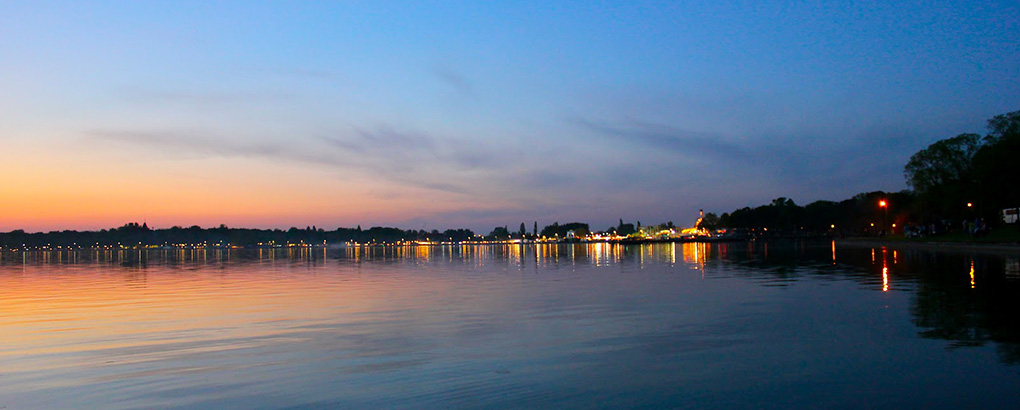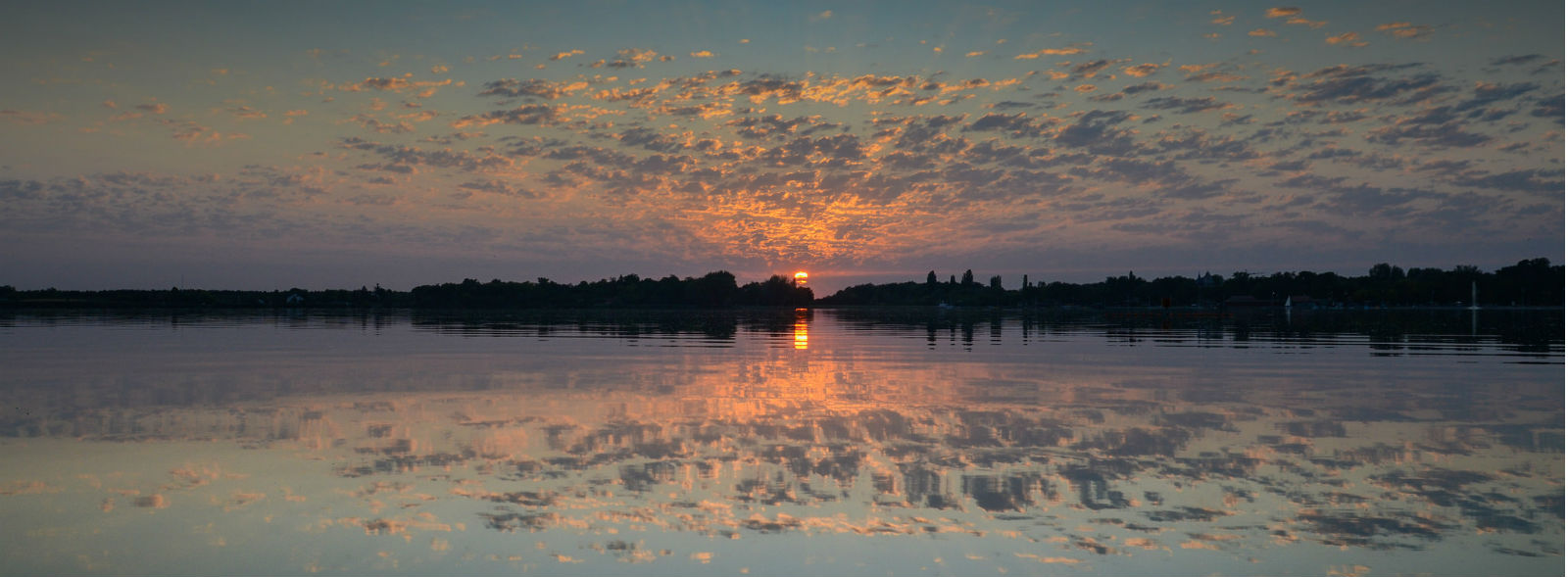History of Subotica

Subotica - city with 200 names
Subotica was first mentioned in written documents on May 7, 1391, but certainly had existed much
earlier. It was found that the people in this region have lived some 3,000 years ago. The fate of Subotica
is defined by its position between Europe and Asia, but historically has been on the border of two
conflicting forces: Hungary and Turkey. The frequent and great migrations in this area brought many
different nationalities, such as: Serbs, Hungarians, Germans, Slovaks, Jews, Bunjevci, Greeks ... They
often changed rulers and the name of the town. From the first - Zabatka in 1391, it changed more than
two hundred names, but the most peculiar ones are Szent-Maria, Maria-Theresiopolis, Maria
Theresienstadt, Szabadka and Subotica.
The economy, education, culture

Subotica is a modern Central European city developed in the late 19th and early 20th century. During
that period, the city experienced a remarkable urban, industrial, architectural and cultural progress. A
faster development of trade, industry and crafts is supported by the arrival of the first train in 1869, and
accelerated by the construction of the power plant in 1896 and tram traffic in 1897.
The first high school was opened in Subotica in 1747, the music school in 1868, a home for the elderly in
1766, Palić became a sanatorium in 1845, the first printing press was established in 1844, the first
newspaper was published in 1848, Djuro Stantić won the first Olympic medal in Athens in 1906, Ivan
Sarić flew a plane in 1910.
Subotica ... a town in the heart of the fertile Pannonian plain, the rich history of the picturesque Palic

Lake ...
Subotica is a modern city with about 150,000 inhabitants, well connected by highways and railways with
all the countries of Europe, and via the airports in Belgrade and Budapest it is linked with all countries of
the world. Subotica municipality is multi-ethnic, with a population consisting of more than 20
representatives of the different nationalities, out of which the most numerous are Hungarian, Serb,
Croat and Bunjevci.
At the same time, Subotica is a city where there are people of different religions: Catholic, Orthodox,
Protestant and others, living in a harmonious community for centuries.
Subotica is located in the very north of Serbia. It is the second largest city on the territory of the
Autonomous Province of Vojvodina. It is located 10 kilometers from the Serbian - Hungarian border, at
latitude 46 ° 5 '5' 'and longitude 19 ° 39' 47 ''. North from the city, on sandy soil, there are orchards and
vineyards, and on the south there is fertile soil with different agricultural crops.
The city is located in the heart of the Pannonian Plain. It has a long and rich tradition and cultural
heritage. It covers 1,008 square kilometers. Due to its geographical location and diligent inhabitants,
Subotica is the administrative, industrial, commercial, transportation, tourist and cultural centre of
North Backa region.
History of Palic lake

According to ancient legend, the Palic lake originates from the Pannonian Sea (the lake was salty back in
the 18th century and today it is freshwater). The groundwater reservoir that was created in ancient
times, mostly originates from rainfall.
The first documents that mention the lake originate from the mid-15th century, and the first maps and
drawings from the late 17th century. Already in the late 18th century, people knew about the healing
properties of water and mud of Palic lake, which is why there were resorts and spas in the 19th century.
The biggest development of Palic occurred in the 1880s, after the opening of the Budapest-Zemun
railway in 1883, and the tram lines to Subotica 1897.
In the second half of the 20th century, many sports centers and resorts were built in Palic. In 1978 the
first wells of thermal mineral water were dug in Palic, and thanks to that, six years later, a thermal pool
was opened. In addition to the existing treatment plant, another channel Tisa – Palic was built, which
has greatly contributed to improving the quality of lake water.
Palic Lake is located in the north of Serbia at about 8 kilometers from Subotica and represents one of the
main touristic attractions of Vojvodina.
Characteristics of Palic lake

The surface area is about 4.7 square kilometers. The depth of the lake varies, but the average is about 2
meters. The maximum depth is about 3.5 meters. The lake is theoretically divided into four sectors, and
it is very rich in fish. The fishing license is required.
In the summer season, the temperature of the water is 18-25°C. Even though the water is cold, due to
the relatively small depth, it takes just a few warm and sunny days to make the water pleasant and
suitable for swimming. The use of motor boats is not allowed.
The coast of the lake is about 17 km, suitable for walks and bicycle rides.





